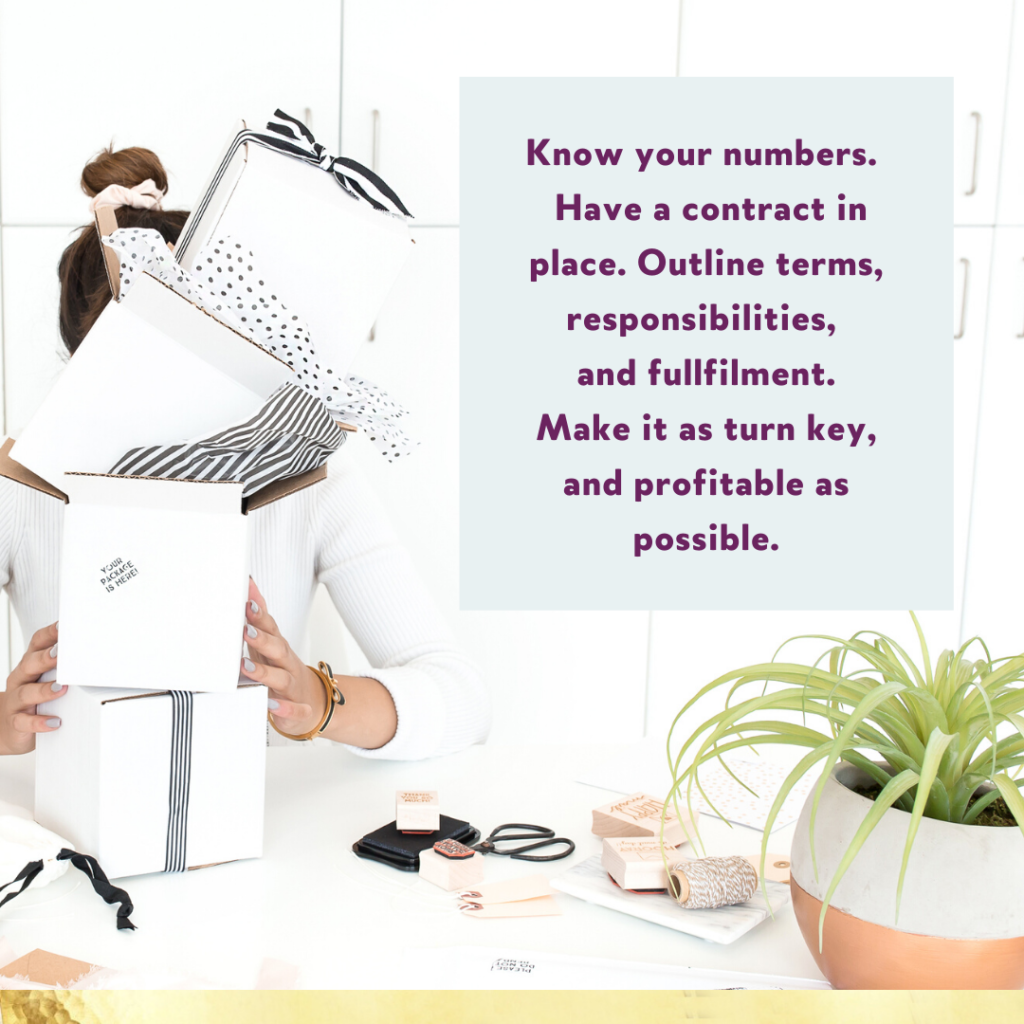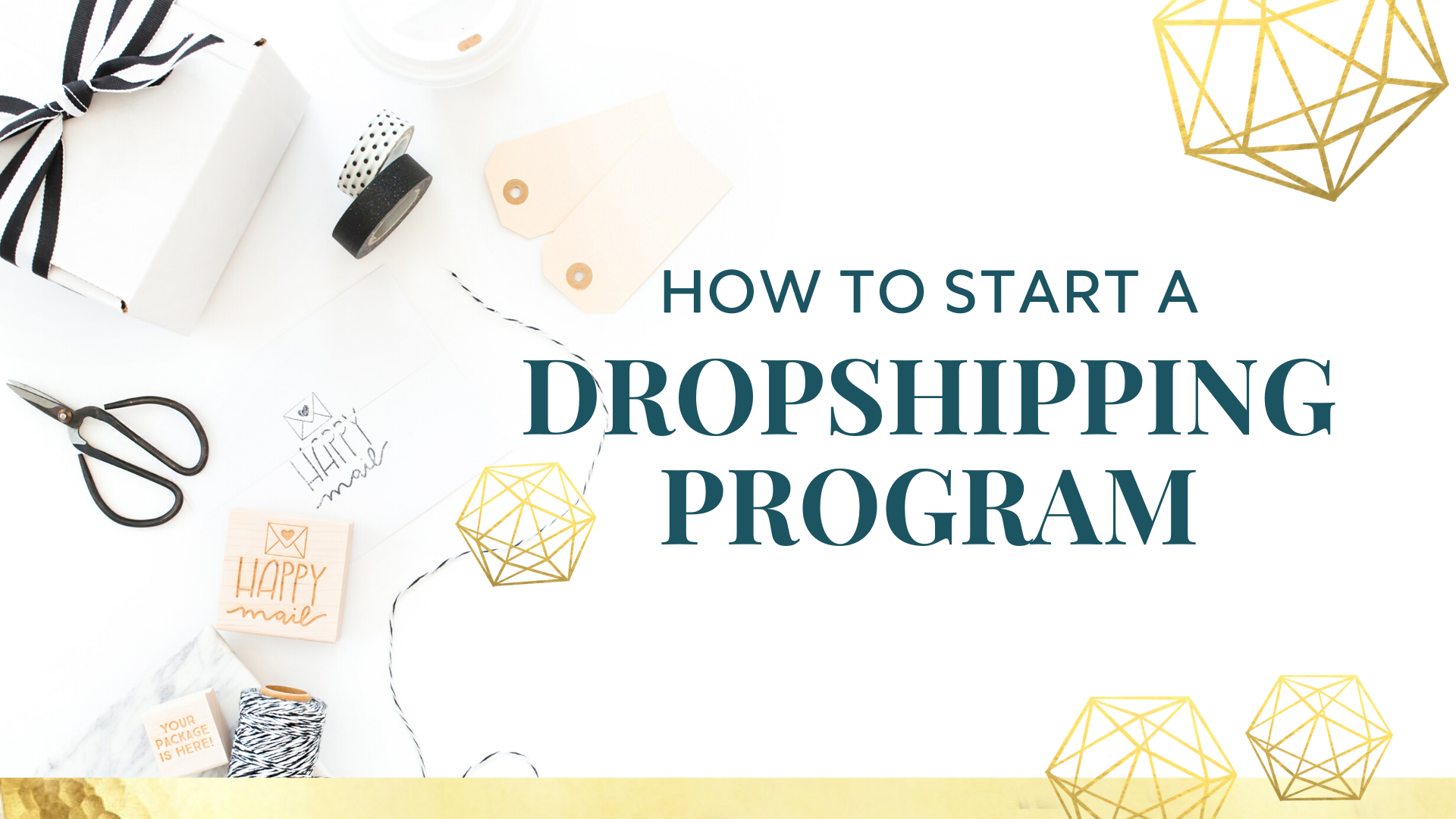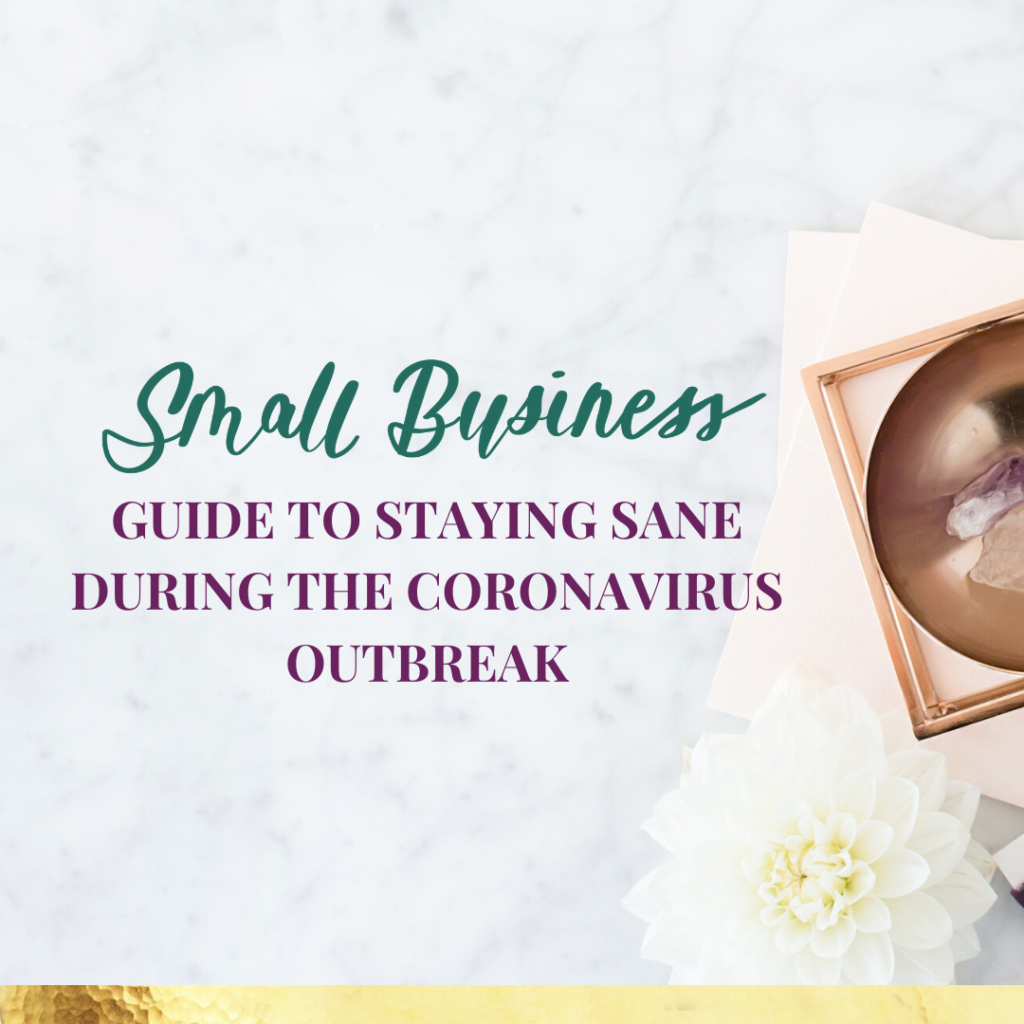My clients are reporting that wholesale orders have slowed to an anemic trickle- many purchase orders have been canceled outright, and new inquiries have evaporated into thin air. Though we’ll be feeling the effects of the economic shutdown for many months to come, I fear that shopkeepers will be the hardest hit. Brands who attribute a significant portion of their revenue to wholesale are smart to take action now in preparation for the eventual lifting of the “shelter in place” orders.
Last week, I published a blog with ideas for pivoting wholesale during the pandemic. In that article, I recommended starting a dropshipping program to help shopkeepers better manage their cash flow during this challenging time. I wanted to unpack the philosophy and logistics of a dropship program for those who are willing to dive in.
WHAT IS DROPSHIPPING?
In this arrangement, you permit approved shops to promote your products without actually holding inventory. As orders are received, the shop forwards them to your company for fulfillment.
Dropshipping is such an appealing option right now because it creates a win-win for you and the retailer. Shopkeepers can fulfill orders without having cash tied up in inventory. They’re woefully cash-strapped, and dropship allows them to try on new lines with minimal risk and expand their offerings to appeal to a broader swath of consumers.
Dropshipping helps your business expand its online presence at a time when e-commerce is booming, but brick + mortar is withering on the vine. Wholesale revenue is unlikely to see marked increases until the holiday buying season, but dropship arrangements offer an innovative way to keep income rolling in until then.

One caveat: I suggest a 70/30 or 60/40 split with the retailer, with your company keeping the lion’s share of the transaction price. Dropshipping requires packing out individual retail orders, which translates to more work for you. In consideration of that extra labor and the fact that retailers have less skin in the game, standard wholesale pricing (50% off) should be reserved for traditional wholesale transactions where retailers order in bulk and carry the inventory.
WHAT SHOULD YOU PUT IN DROPSHIPPING CONTRACT?
The success of any dropshipping program lies in establishing systems and defining expectations. Don’t let that word “contract” scare you- while it’s always best to have an attorney draft your contracts to ensure they’ve covered all the angles; you can likely draft this type of contract yourself. When it’s ready, email the program outline to the prospective shopkeeper, and ask that they reply with any questions. If they have no questions, they should reply that they agree with the terms. Save that email- it’s technically an enforceable contract!
Draft an outline of your dropshipping program to include:
- How the profit split will work. I would offer them a 60/40 or 70/30 split. The larger share should be yours since you’re managing the product fulfillment. How and when you’ll be paid.
- How orders will be forwarded to you.
- Who’s responsible for paying the shipping and handling fees associated with getting the order on the way to the customer.
- How long you have to fulfill the order once it’s passed on to you.
- Whether the order should be “blind shipped” (meaning that the return address on the package looks like the sellers rather than yours) or whether it should reflect your business address.
- How returns will be handled.
- What you plan to tuck into the box (packing slip, return instructions, brand swag, business card, etc.)

LAUNCHING A DROPSHIPPING PROGRAM
Once you’ve nailed down the details of your dropshipping offering, establish a central hub for product descriptions and images that shopkeepers can use to get your products online quickly. Both Dropbox and Google Drive are easy options. Your goal should be to protect your brand image and to make getting your product live as painless and efficient possible.
With the program outlined and the online assets collected, it’s time to spread the word and vet applicants. Build a simple application (Google Forms would work beautifully) to receive the following information:
- The shop/e-comm site name
- Their website
- The owner’s full name
- Contact Name (if different)
- The email address of their contact person
- Mailing address (for both the owner and the business)
- Phone numbers (of the owner and the business)
- How many years they’ve been in business
- The shop’s social media handles
- A list of 5 other product lines that do well for them
- That should be enough information to give you a) a solid idea about the credibility of the business and b) a good feel for whether or not the shop is a good fit for your product collection.
Next, draft an email that introduces the opportunity and highlights the benefits of the program. I’m crossing my fingers that you have your wholesale leads set up as a separate list withing your email marketing service! Let them know that in light of the virus outbreak, you’ve launched a special dropshipping program designed to support local merchants who are feeling the squeeze. Highlight the perks of the program and link them to two things: the outline of the program and the application.

MARKETING A DROPSHIPPING PROGRAM
Review each application carefully to ensure that their site will present your products well. Draft a warm, professional letter to welcome them into the program, and dispatch is promptly upon approval, connecting them to that central hub of brand assets and encouraging them to reach out if there’s anything you can do for them.
Once you onboard a few dropshipping clients, I recommend building a separate email list for approved accounts. That way, you can continue to market new offerings directly to them and provide updates about the program. Reach out periodically to highlight your best sellers, offer any updates on your manufacturing capacity or lead times, share testimonials from accounts that are having great success with the program, etc.
Also, add a DROPSHIPPING Tab in the main navigation of your website to increase visibility. That page should offer a thumbnail sketch of the program and lead to the application.
DO YOU HAVE DROPSHIPPING EXPERIENCE?
If you’ve tried dropshipping in the past, then I’d love to hear about your experience. What worked for you? What didn’t? If you’re new to the dropshipping world, what questions do you have? Leave a comment and I’ll do my best to help!
Craving more actionable business advice? Hop on the Lucky Break mailing list to enjoy hot takes on business trends, resources, and strategies delivered free to your inbox twice a month. Team Lucky Break will be in touch soon!








